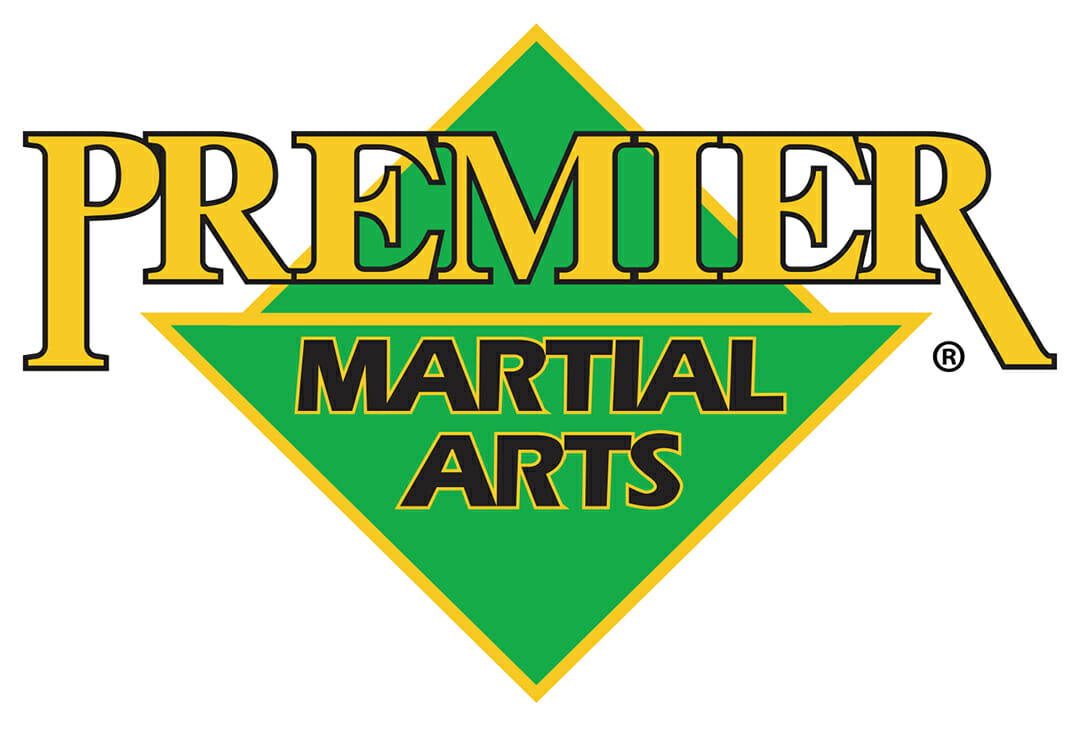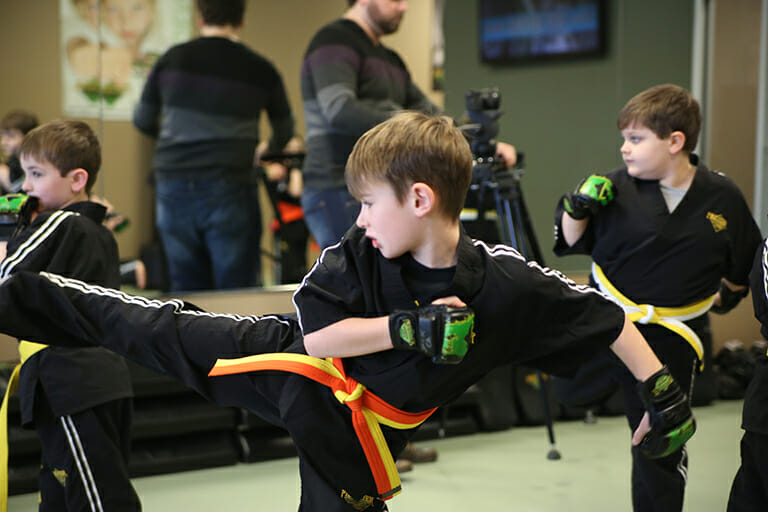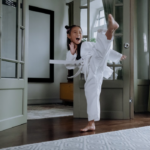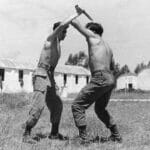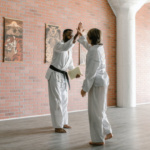Whether it’s an emergency at work or a personal obstacle, if you can become a better problem solver, you’ll have a major advantage in life. It can seem like problem-solving is just an innate skill some people have and others don’t. Luckily, becoming a better problem solver is largely about your perspective. We’ve got a surprising way to get your workout in and boost your problem-solving skills at the same time.
It’s well-known that the benefits of martial arts aren’t only physical. Practicing any martial arts can help students strengthen their mental abilities, not just their bodies. Problem-solving is one of the mental tasks martial arts training helps increase. If this sounds surprising, check out the ways martial art can help you become a better problem solver.

The Methodical Approach of Katas
If you’re a martial arts student, you’re probably already familiar with the term kata. This term means “form” in Japanese and is part of the study of karate. A kata is a set pattern of movements like blocks, punches, and footwork. There are different katas that students learn as they progress through the belt system, usually one for each belt.
It might not seem obvious at first, but katas are an important part of how martial arts can improve problem-solving skills. Katas require students to use memory and performance. Memorization of the pattern is first. While rote memorization isn’t used as much in learning environments in the West these days, it still has benefits.
Performance of the memorized steps is next; the student must embody the mental map made of the moves they learn. Katas are choreographed fights against an invisible opponent. When the student has memorized the steps, they can then begin to imagine the actual opponent they are fighting in the kata. This requires imagination, but it’s imagination based on a set pattern. Essentially, every kata is simply a set pattern of solving a particular problem.
Increasing Your Mental Acuity
Problem-solving requires concentration. Any deep problem solving requires a clear mind and time—martial arts teaches students these skills in a powerful way.
Martial arts might seem like a mostly physical activity, but the mental aspect of learning martial arts is deeply rooted in the practice. Focus is a particularly important part of learning martial arts. Students practice focus through physical exercise, katas, listening to their instructor, and sparring. Nothing focuses the mind quite like a sparring match.
Yet, the physical benefits of exercise work together to help increase the focus you need to become a better problem solver. A calm body leads to a calm, focused mind. Increasing cardiovascular health leads to a healthier body and mind. On top of that, time in the dojo is time spent away from distraction devices like smartphones and tablets, social media, and video games. By simply engaging in an activity several times a week while away from distracting devices, you’ll increase your focus and give yourself the tools you need to solve tough problems.
Training for Persistence
Have you ever solved a difficult math problem or complex problem while playing chess? Maybe you’ve been tasked to think through a business venture or a relationship issue. These examples can all be seen as different problems to be solved and the ability to focus and work through problems patiently is key to success.
There are some key mistakes people often make when trying to solve problems. Oftentimes, errors are made when people approach problems too quickly, which can happen when they feel they’re lacking the capacity to solve the problem methodically.
One of the key outcomes that martial arts training yields is increased persistence and endurance. There’s a secret to martial arts training few people talk about: black belts aren’t always the fastest, strongest, and most physically gifted people in the classroom. The most important quality to earning a black belt is showing up to class consistently and never quitting. Persistence is the virtue. When it comes to solving problems, persistence can make the difference between hasty mistakes and a strong solution.
Freeform Problem Solving in Sparring
Sparring is a part of most martial arts, but how does sparring teach problem-solving skills? The basic problem in sparring is how to defeat your opponent within the rules and regulations of the round or match. In sparring, your opponent is a real person, not the imagined foe you face while practicing katas.
Sparring teaches the student to take previous skills learned in a set environment—like how to block a punch—and use them in real-time versus another human being who isn’t as predictable as the imagined opponent of the kata. Sparring is essentially the culmination of problem-solving in martial arts. The student applies the persistence, memorization, and skills they’ve gained during their practice to build them into successful during a sparring match. Just like in our lives, practicing these key elements of problem-solving can transform the way we face obstacles in our career or personal lives.
Start Your Martial Arts Journey Today
Every person can benefit from a new way to practice important skills that help them become a better problem solver. If you’re ready to gain the mental and physical benefits of an ancient practice like martial arts, Premier Martial Arts welcomes you to join one of our many studios across the country. Just find a studio near you and start sharpening your problem-solving skills on the mat.

